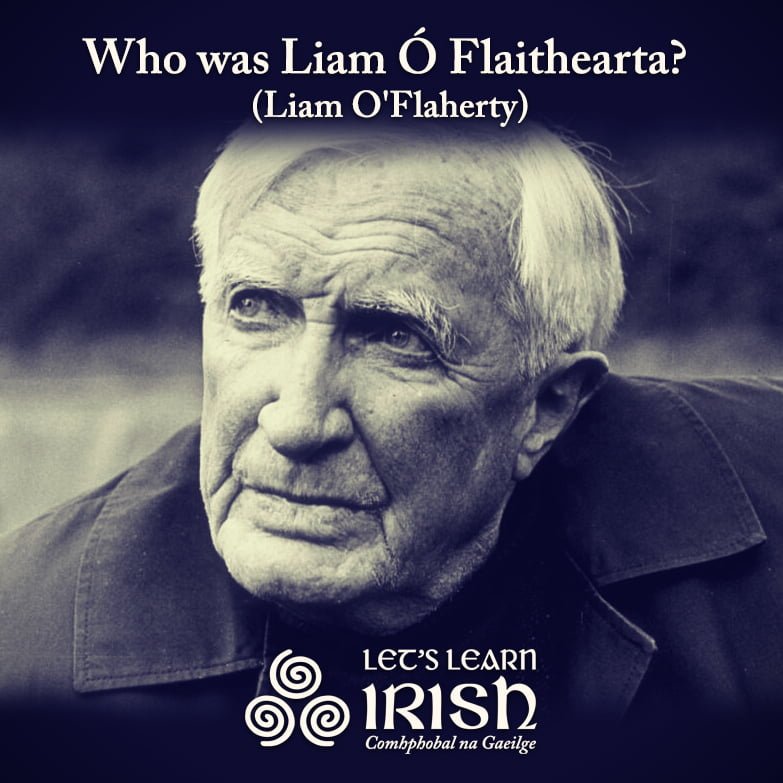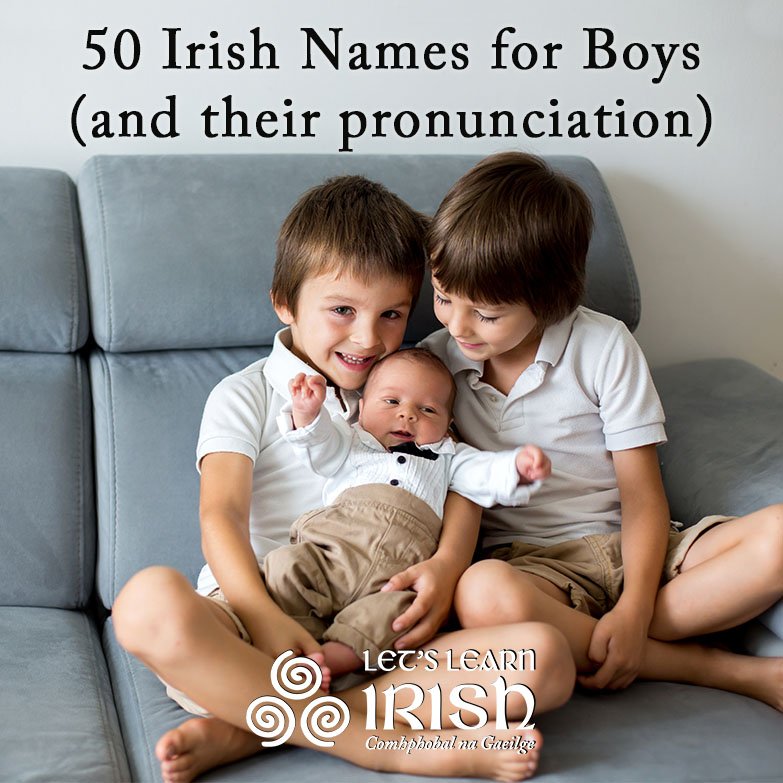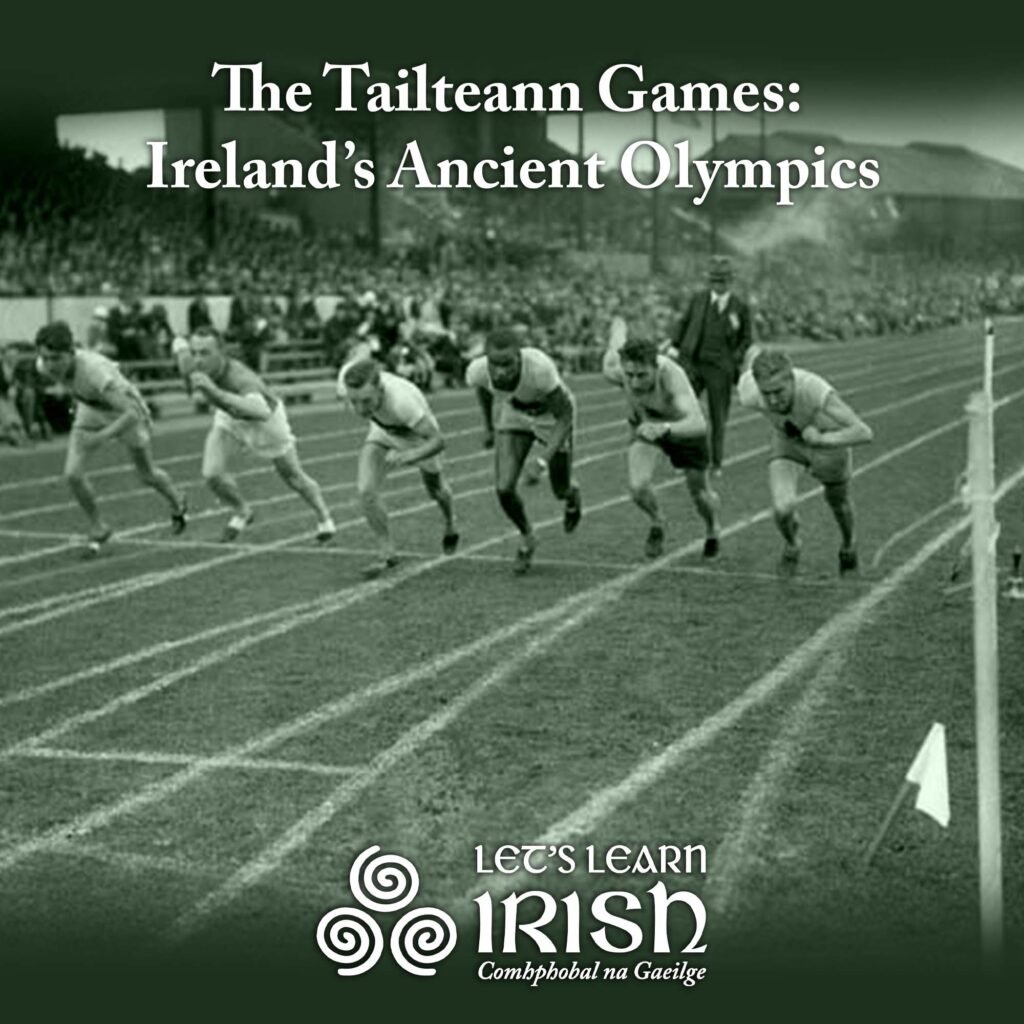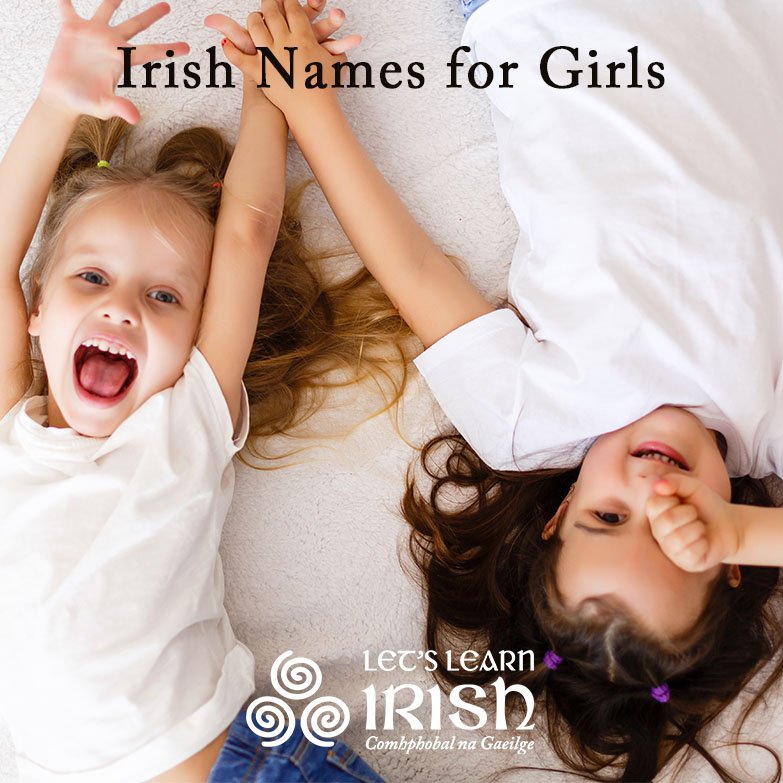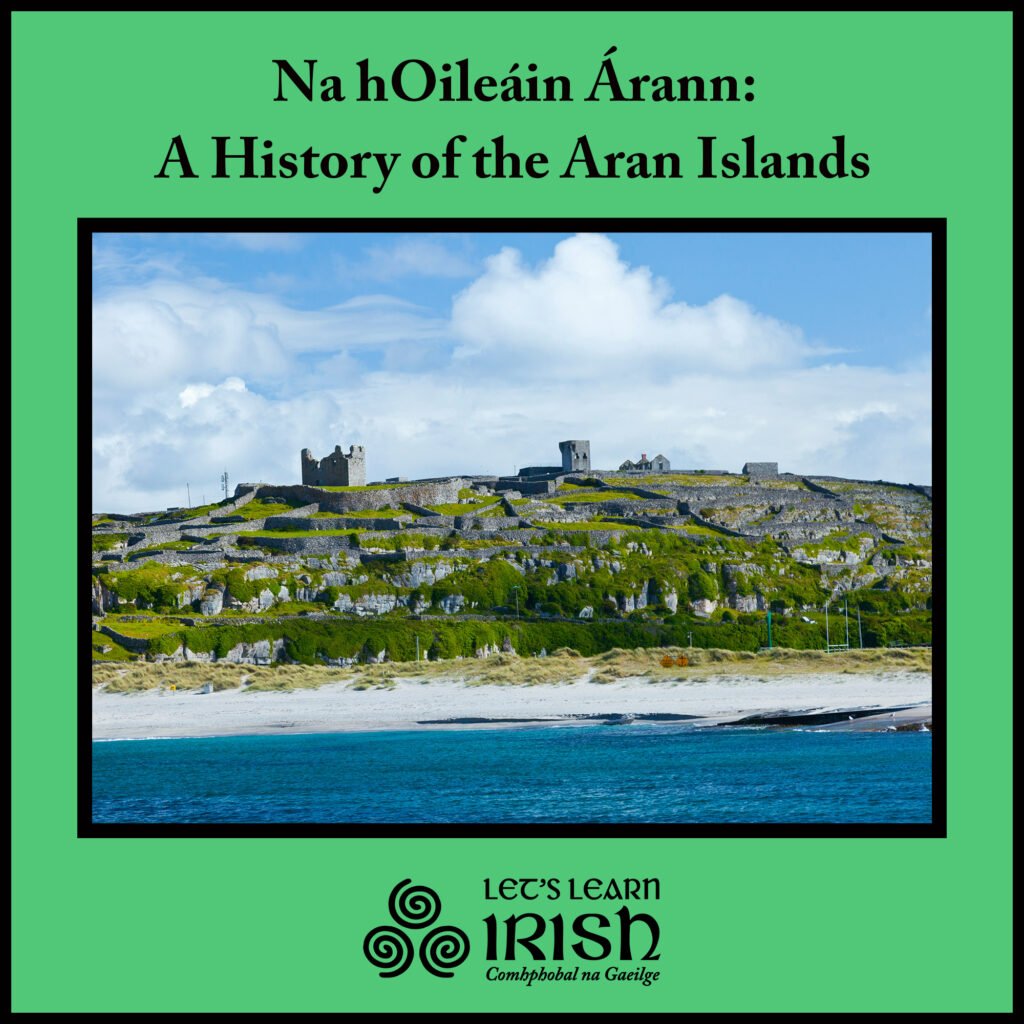Éamon a Búrc and Irish Folklore
Who was Éamon a Búrc and what is his connection to Irish folklore (‘an béaloideas’)?
Beginnings...

Éamon a Búrc was born in 1866 to an Irish-speaking family in Carna, County Galway.
The Irish Famine of 1879 led Éamon’s family, including parents Liam and Bridget, to emigrate to Minnesota, to work on frontier farmsteads. Following a work-related accident, Éamon and his family returned to Galway in 1883, where he worked as a tailor at his home in Carna.
The Irish Folklore Commission

Following the Irish War of Independence and the Civil War, efforts were made to preserve Ireland’s endangered mythology, and oral literature. Building on the significant voluntary efforts by Séamus Ó Duilearga and others to collect information on the folklore and traditions of Ireland, the Irish Government established the Irish Folklore Commission (Coimisiún Béaloideasa Éireann) in 1935.
The work of the Irish Folklore Commission operated from 1935 to 1971. The stories collected are currently maintained by the National University of Ireland in Dublin in the Irish Folklore Collection. They recordings provide insight into not only the folklore of different areas of Ireland, but also the regional dialects and variations found throughout the country. Éamon a Búrc recited his stories for the Irish Folklore Commission to Liam Mac Coisdeala.
Recording 200 Tales
 Éamon a Búrc was already over 60 years old in 1938, when collector Liam Mac Coisdeala set to the task of recording his stories for the Irish Folklore Commission. He was acknowledged as the best storyteller of his area, and indeed, folklorist Seán Ó Súilleabháin has described Éamon as “possibly the most accomplished narrator of folktales who has lived into our own time…Éamon a Búrc was the best”. He famously stated to Mac Coisdeala that the collection of the stories should have begun 50 years before, when it would’ve been worthwhile doing it. Éamon had, nonetheless, a massive repertoire to share, and according to the Dictionary of Irish Biography, he managed to record approximately 200 tales for the Commission.
Éamon a Búrc was already over 60 years old in 1938, when collector Liam Mac Coisdeala set to the task of recording his stories for the Irish Folklore Commission. He was acknowledged as the best storyteller of his area, and indeed, folklorist Seán Ó Súilleabháin has described Éamon as “possibly the most accomplished narrator of folktales who has lived into our own time…Éamon a Búrc was the best”. He famously stated to Mac Coisdeala that the collection of the stories should have begun 50 years before, when it would’ve been worthwhile doing it. Éamon had, nonetheless, a massive repertoire to share, and according to the Dictionary of Irish Biography, he managed to record approximately 200 tales for the Commission.
Growing up, Éamon had heard many Irish folktales from his father, a native of nearby Ardmore. He demonstrated a wide range of narratives, including tales of the Ulster and Fianna cycles, supernatural legends and lore about his native place. These recordings were transcribed, filling more than 2,000 pages of manuscript. His speciality seems to have been the telling of long, episodic tales which were so long that required several sessions to be told fully. The longest of them was “Eochair Mac Rí in Éirinn/Eochair, a King’s Son in Ireland”. This tale, which he told in October 1938, consists of about 30,000 words, and appears to be the longest tale ever recorded from oral narration. It began as follows:
“Bhí ann fadó agus fadó bhí. Dhá mbeinnse an uair sin ann ní bheinn anois ann. Dá mbeinn anois agus an uair sin ann, bheadh scéal úr nó seanscéal agam, nó bheinn gan scéal ar bith. Mar bhí sin rí agus bantiarna anseo in Éirinn fadó, agus phós siad. Agus chinn Dia leothab ná raibh acub ach aon mhac amháin. Agus badh é an t-ainm a thugadar air Eochair. Bhí sé ag fás suas nó go raibh sé ocht mbliana déag d’aois; agus ina theacht suas, ó bhí sé sna déaga chor ar bith badh é a cheird ó dhubh maidne go dubh na hoíche ag fiach.”
“There was a long ago and long ago it was. If I were alive that time I would not be alive now. If I were alive now and that time, I would have a new story or an old story or I would be without any story. For there was a king and a noblewoman here in Ireland long ago, and they married. And God decided that they only had one son. And the name they gave him was Eochair. He was growing up until he was eighteen years of age; and as he was growing up, once he had reached the teens, it was his craft from dark morning to dark night to be hunting.”
Éamon a Búrc died on November 6, 1942, and a tribute to him was later published in Béaloideas, the official periodical of the Irish Folklore Commission, by Liam Mac Coisdeala.
Bígí páirteach!
Join the online Irish community at LetsLearnIrish.com.
Follow on social media @LetsLearnIrish.

